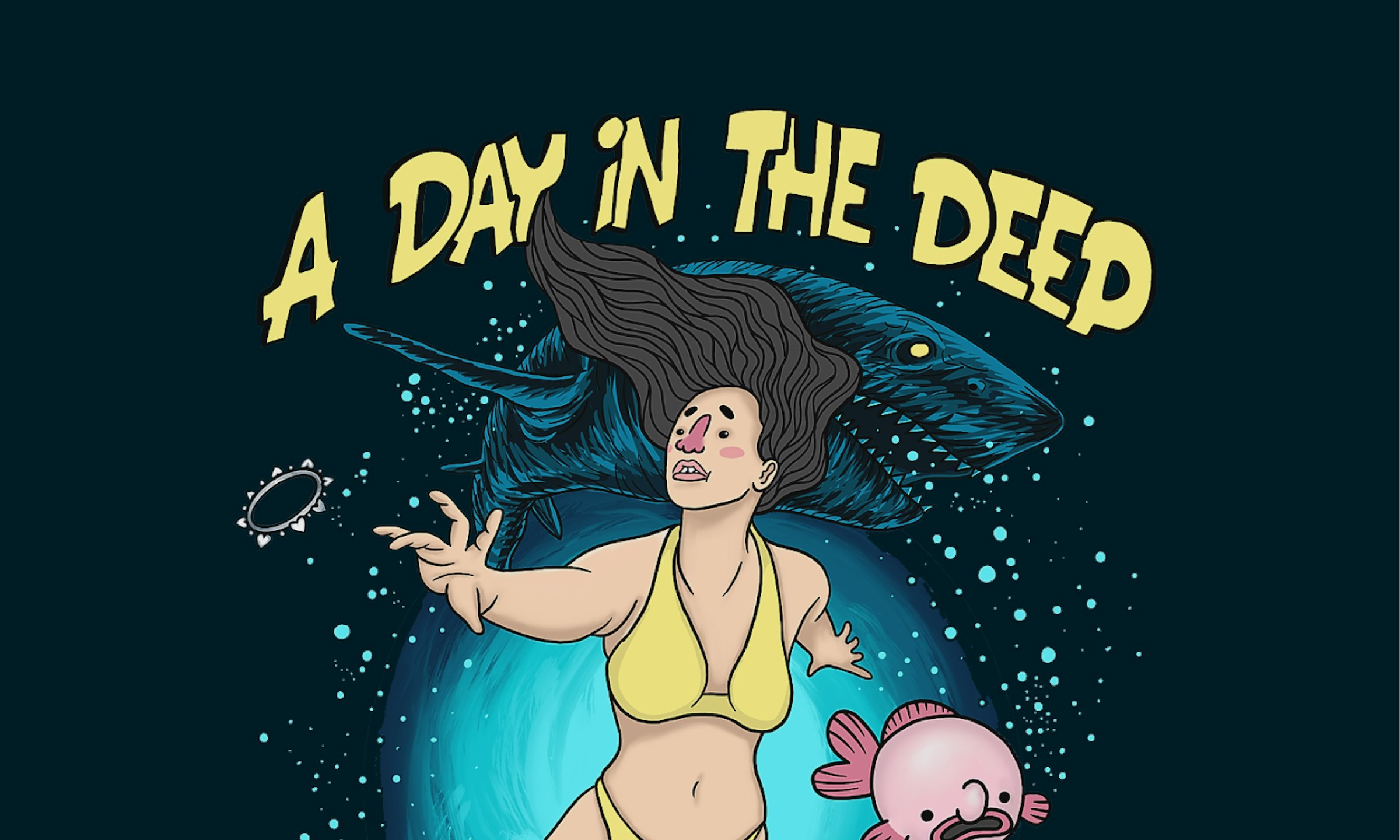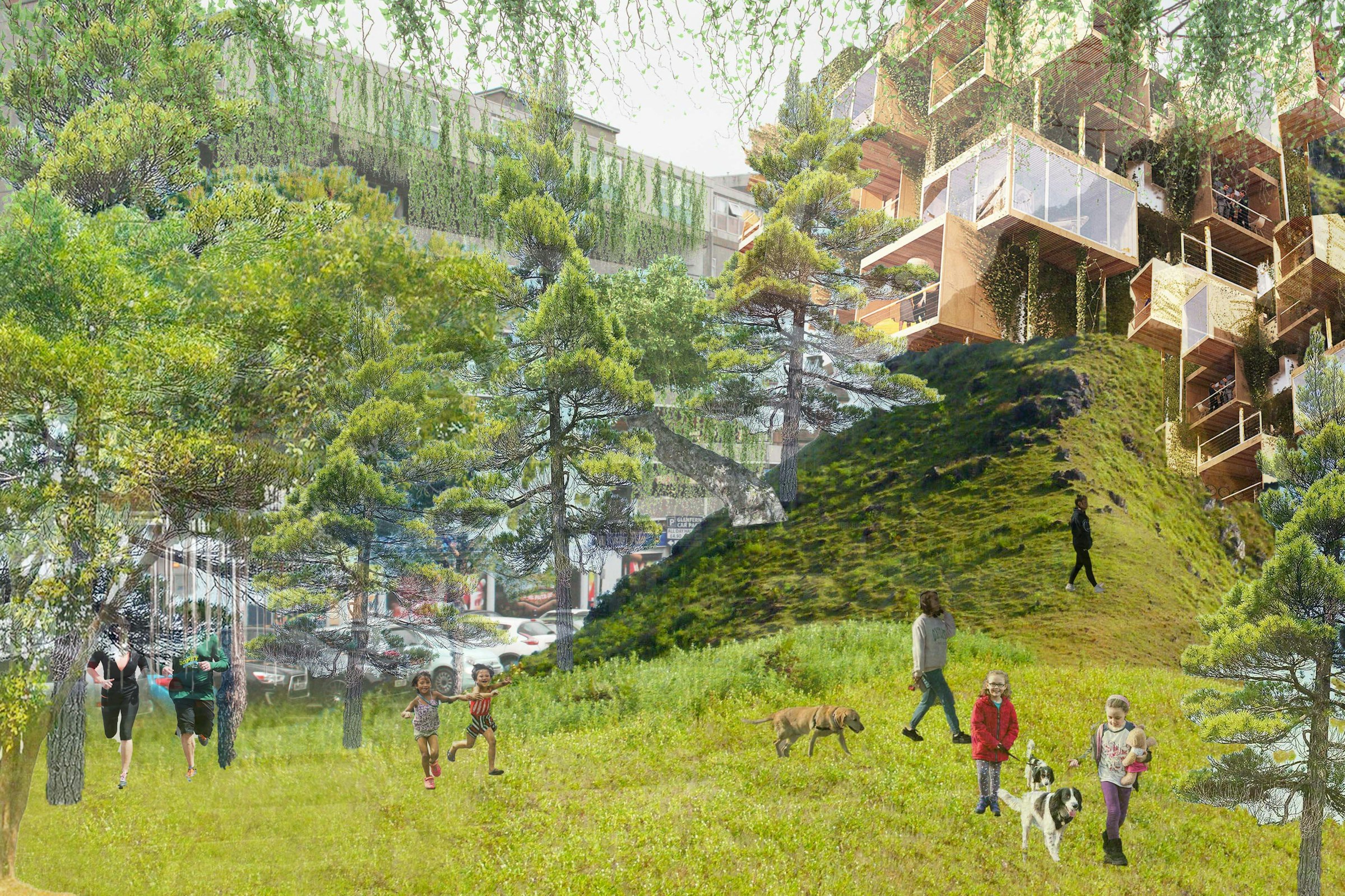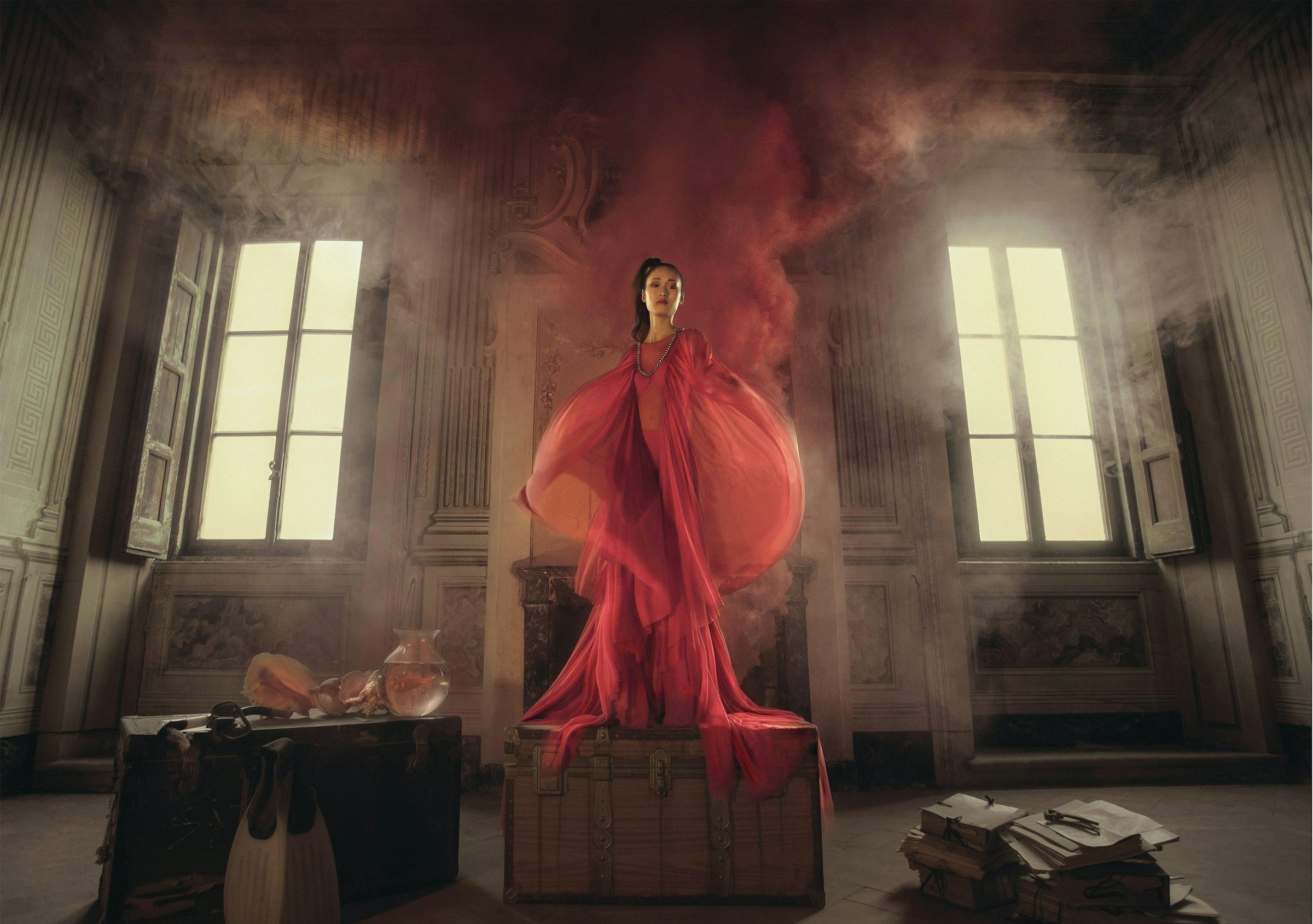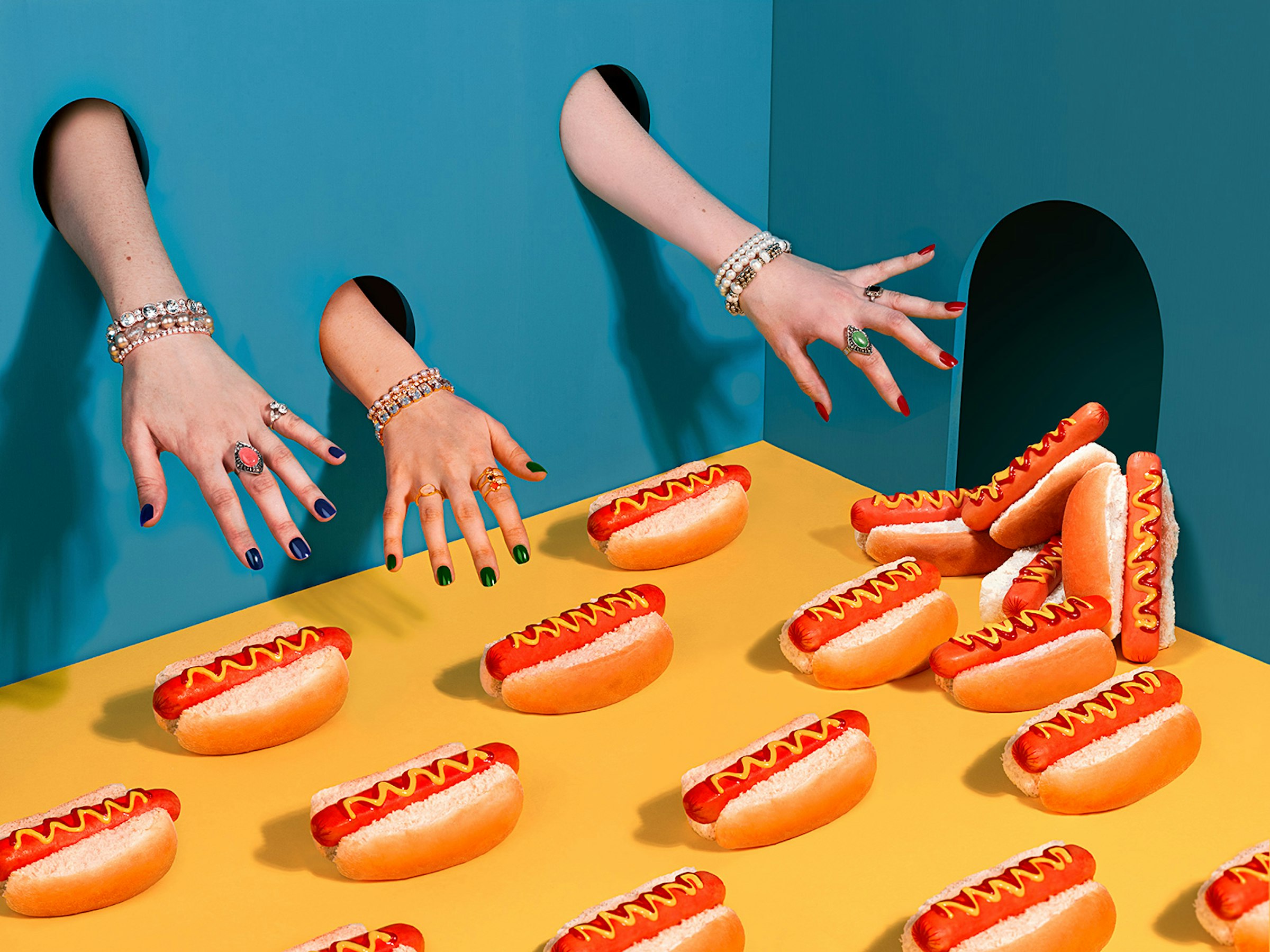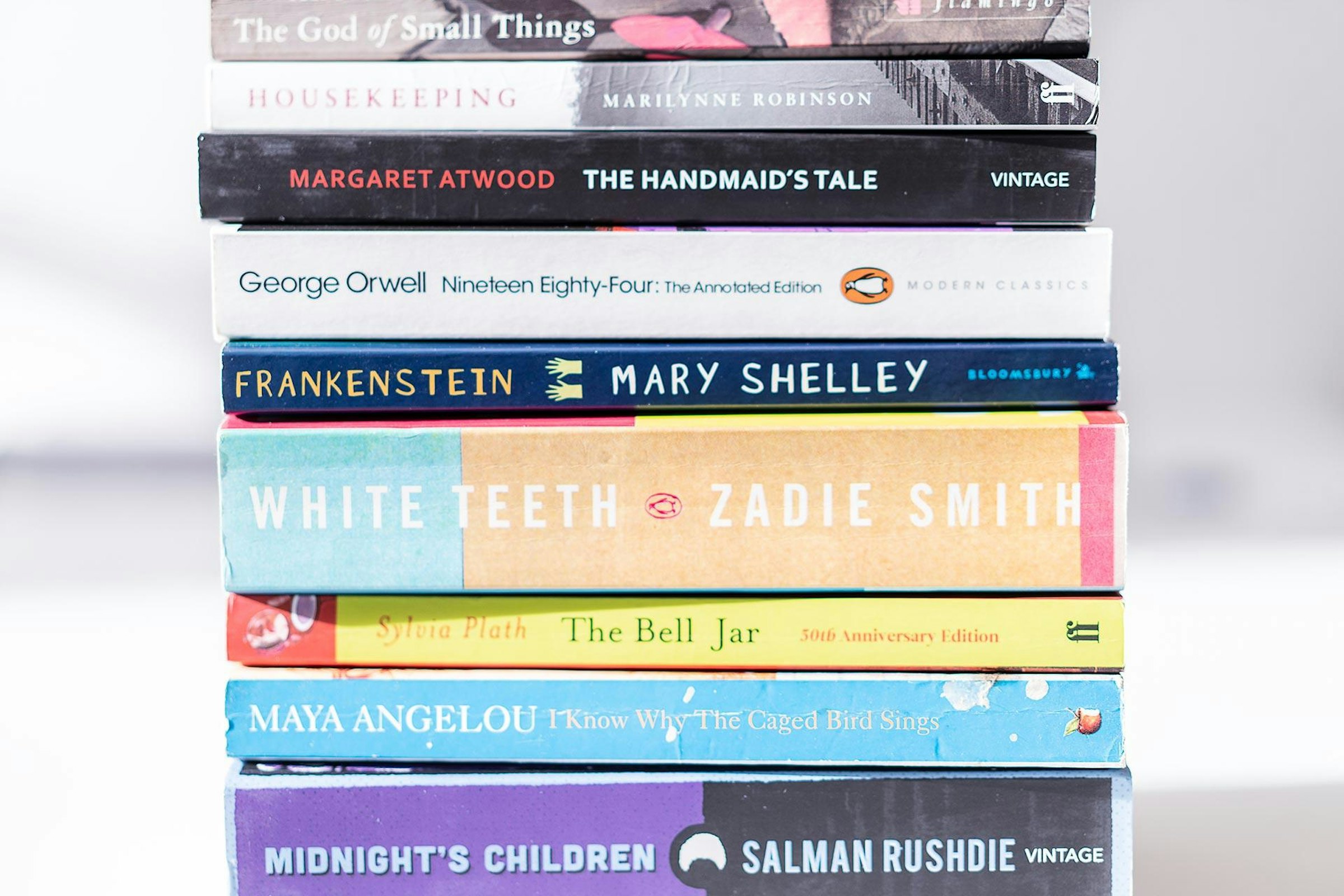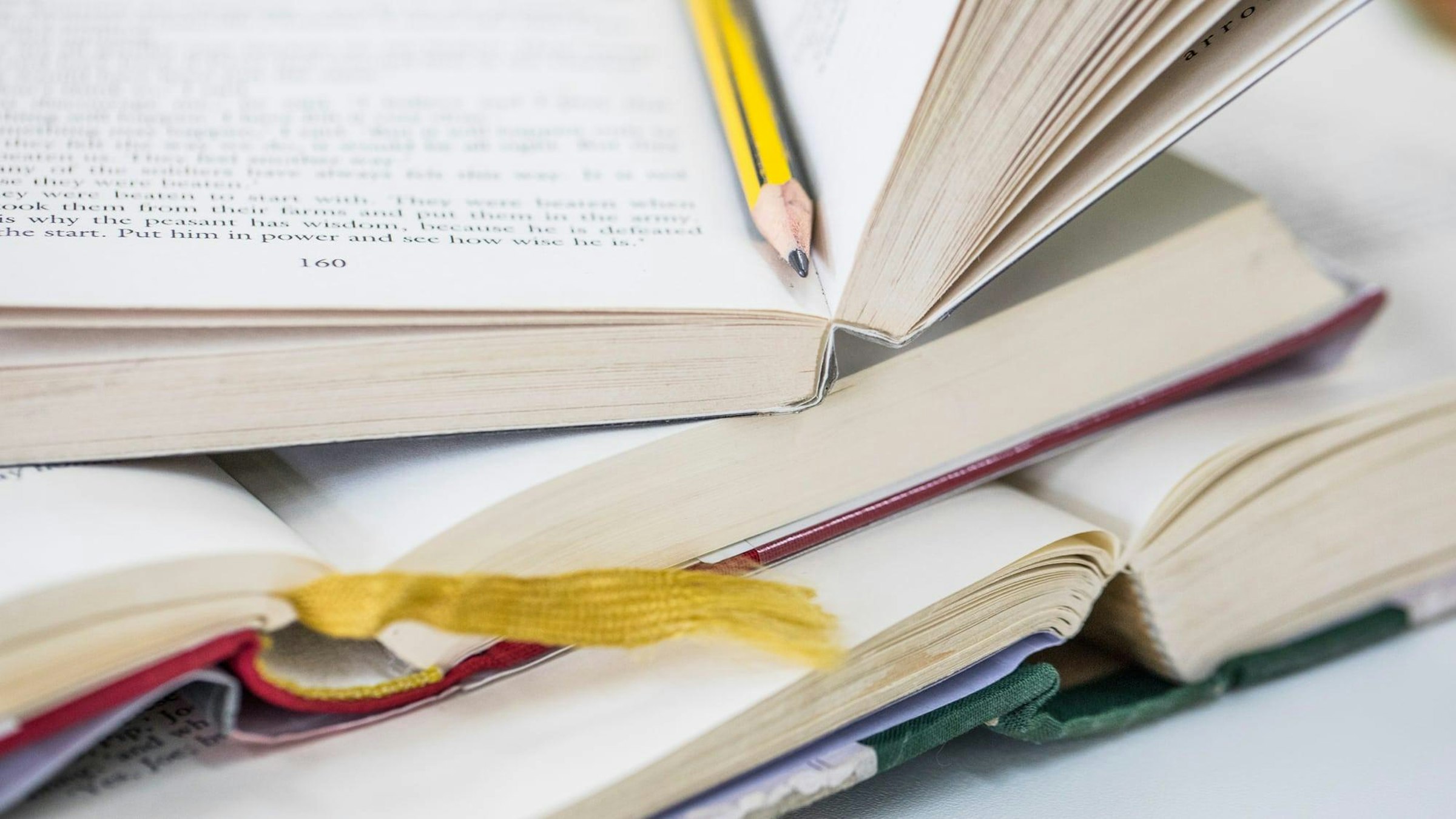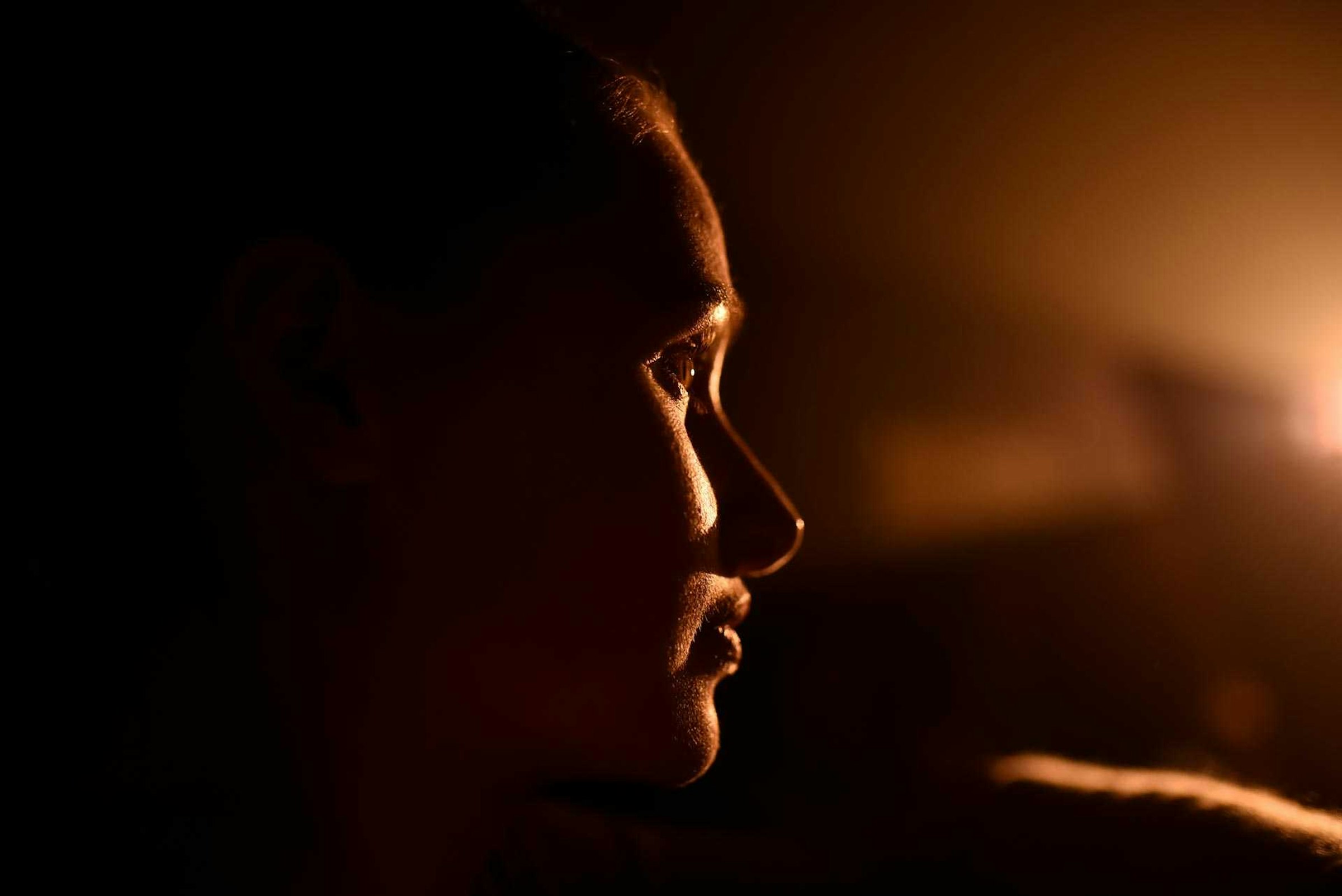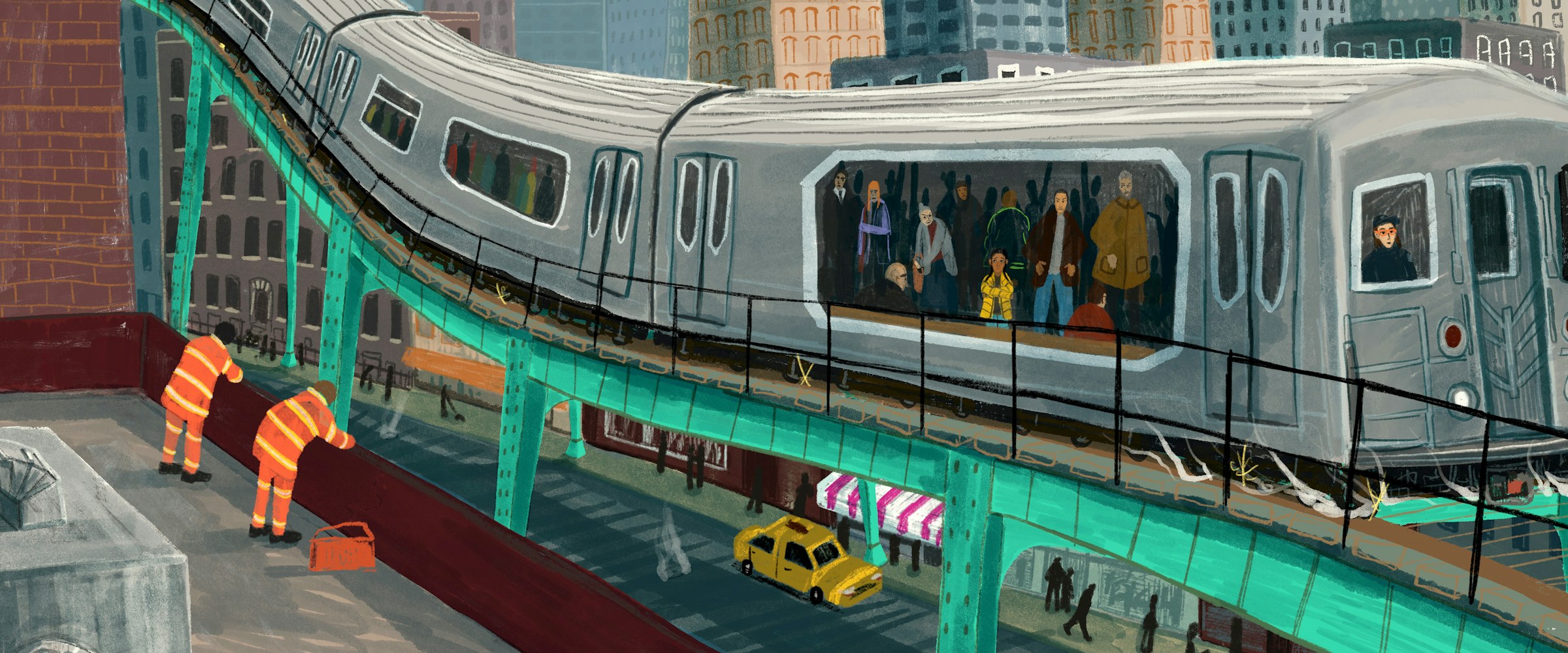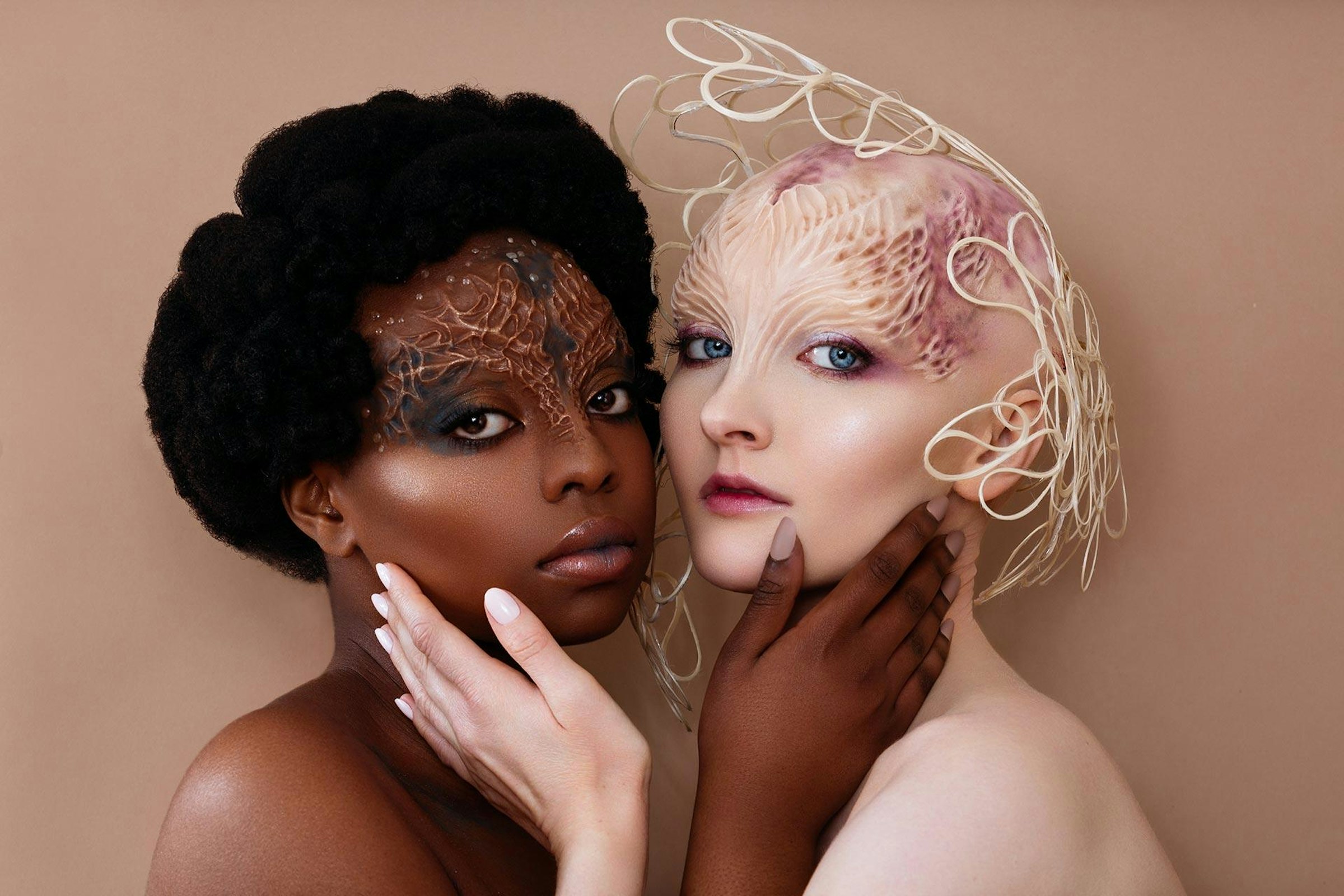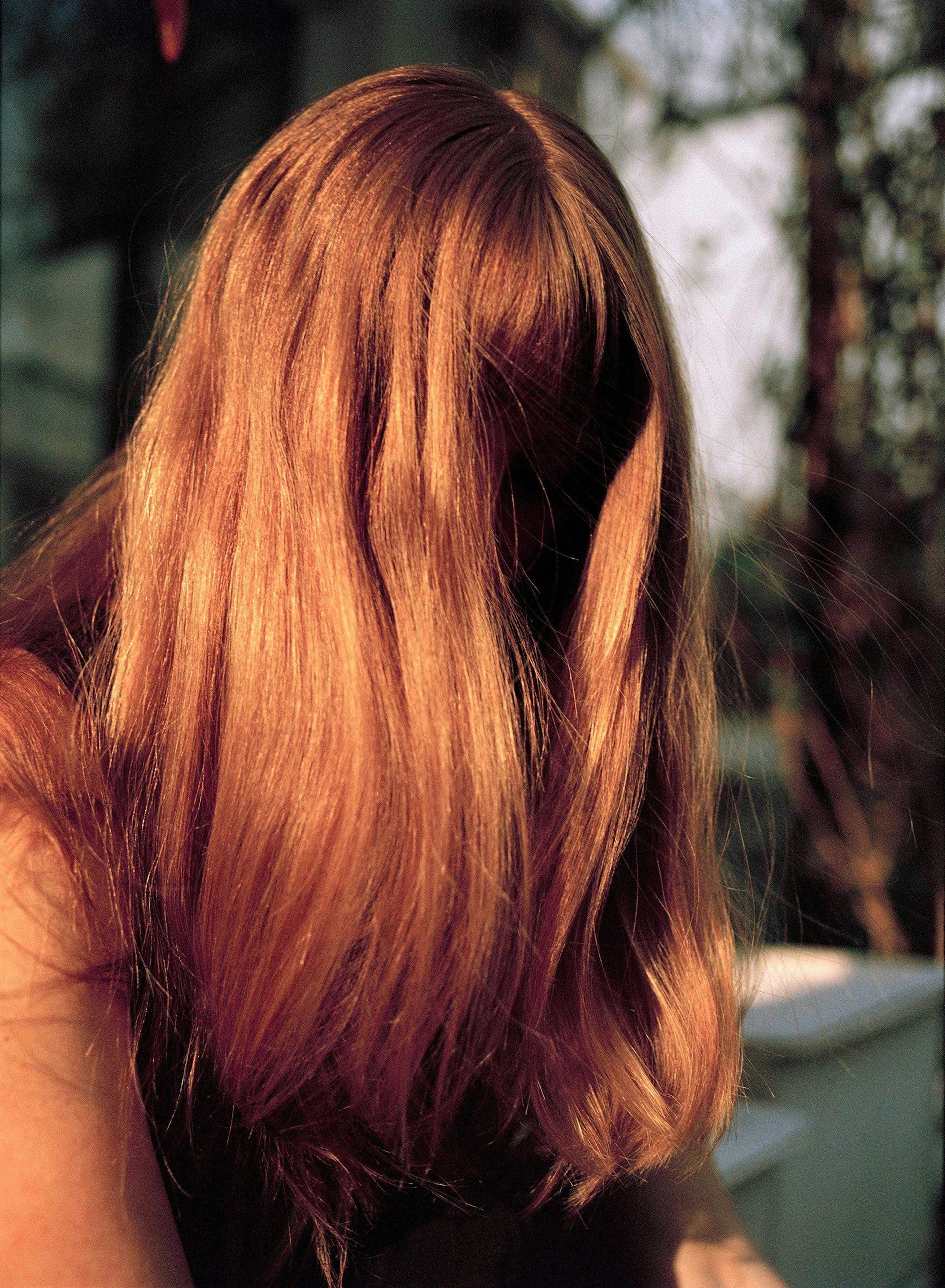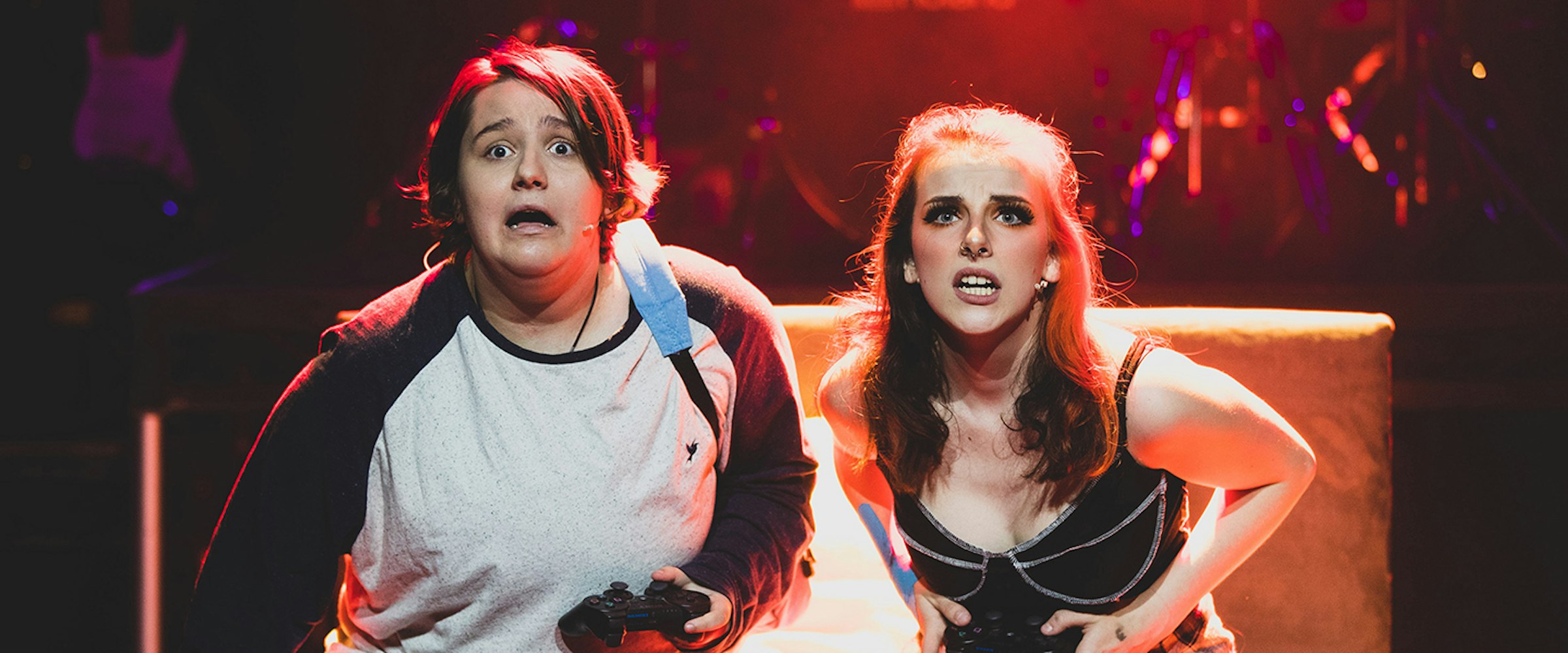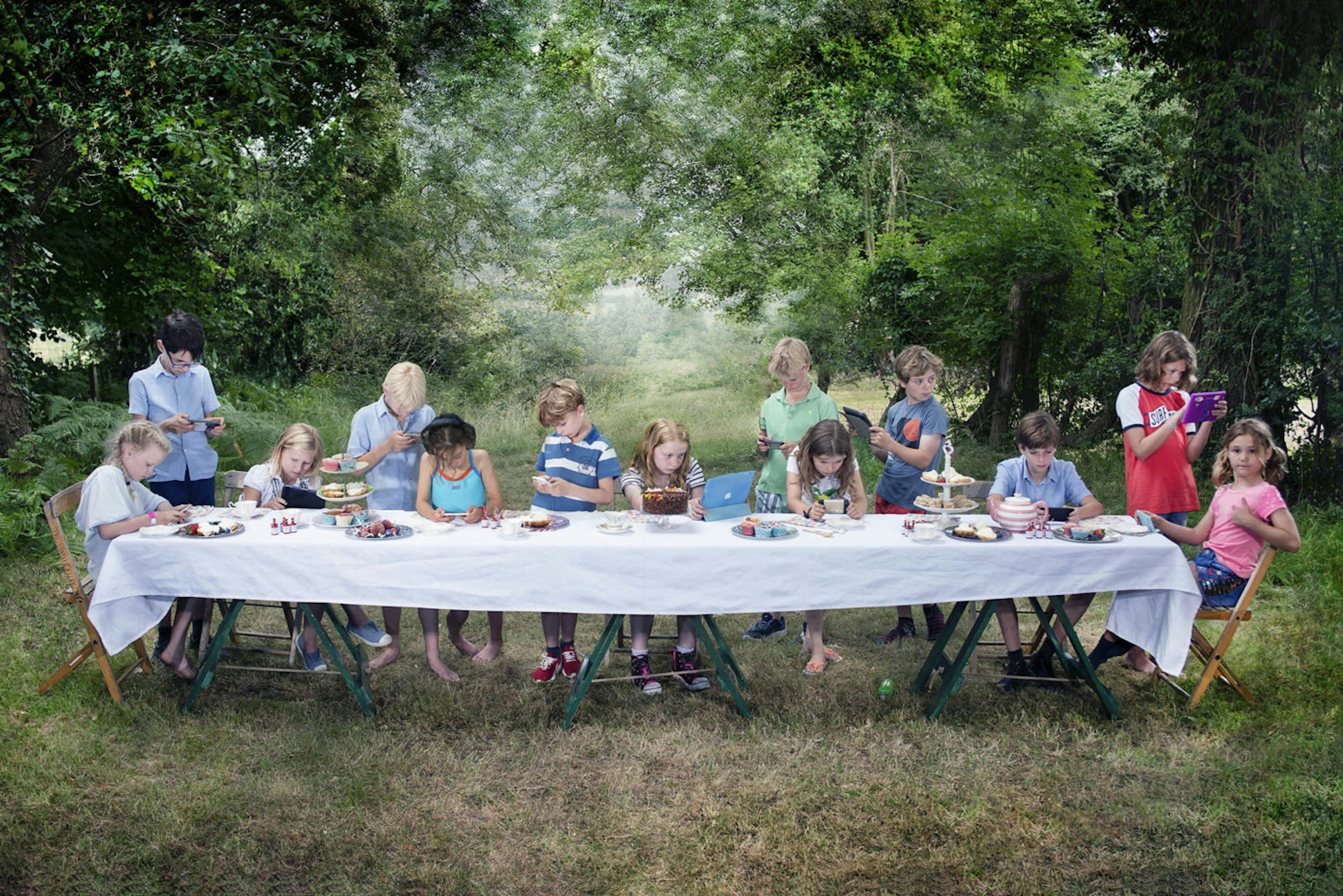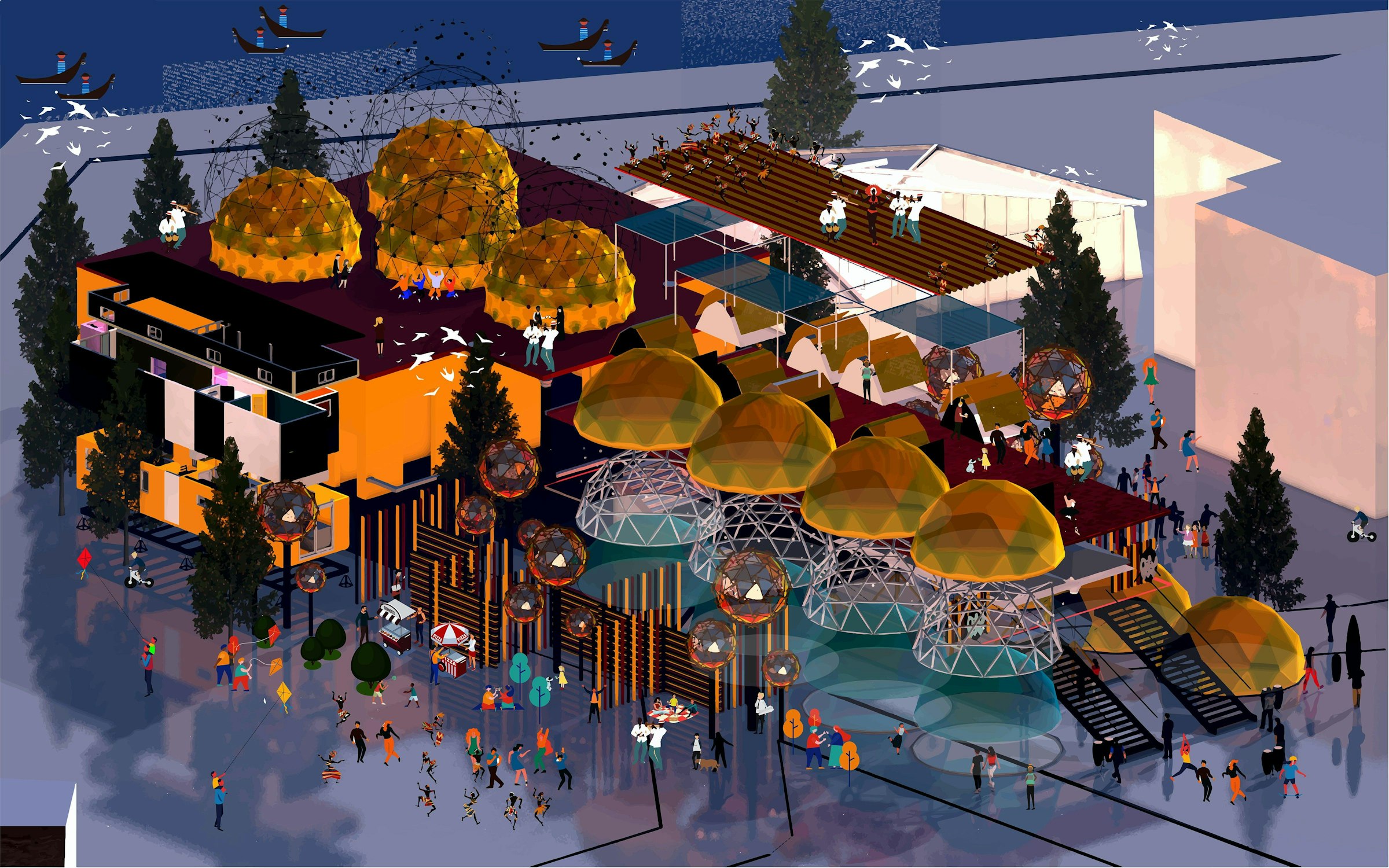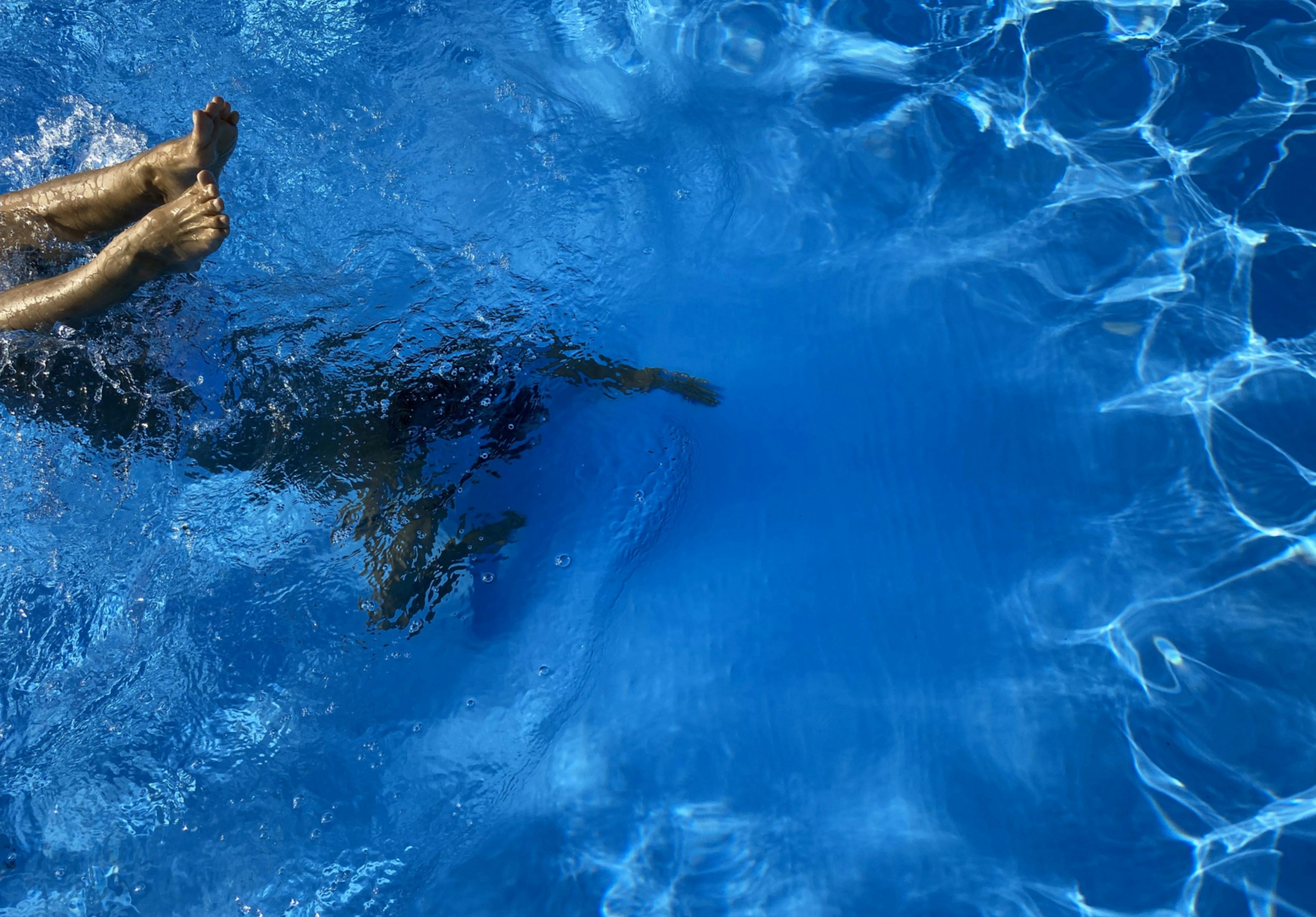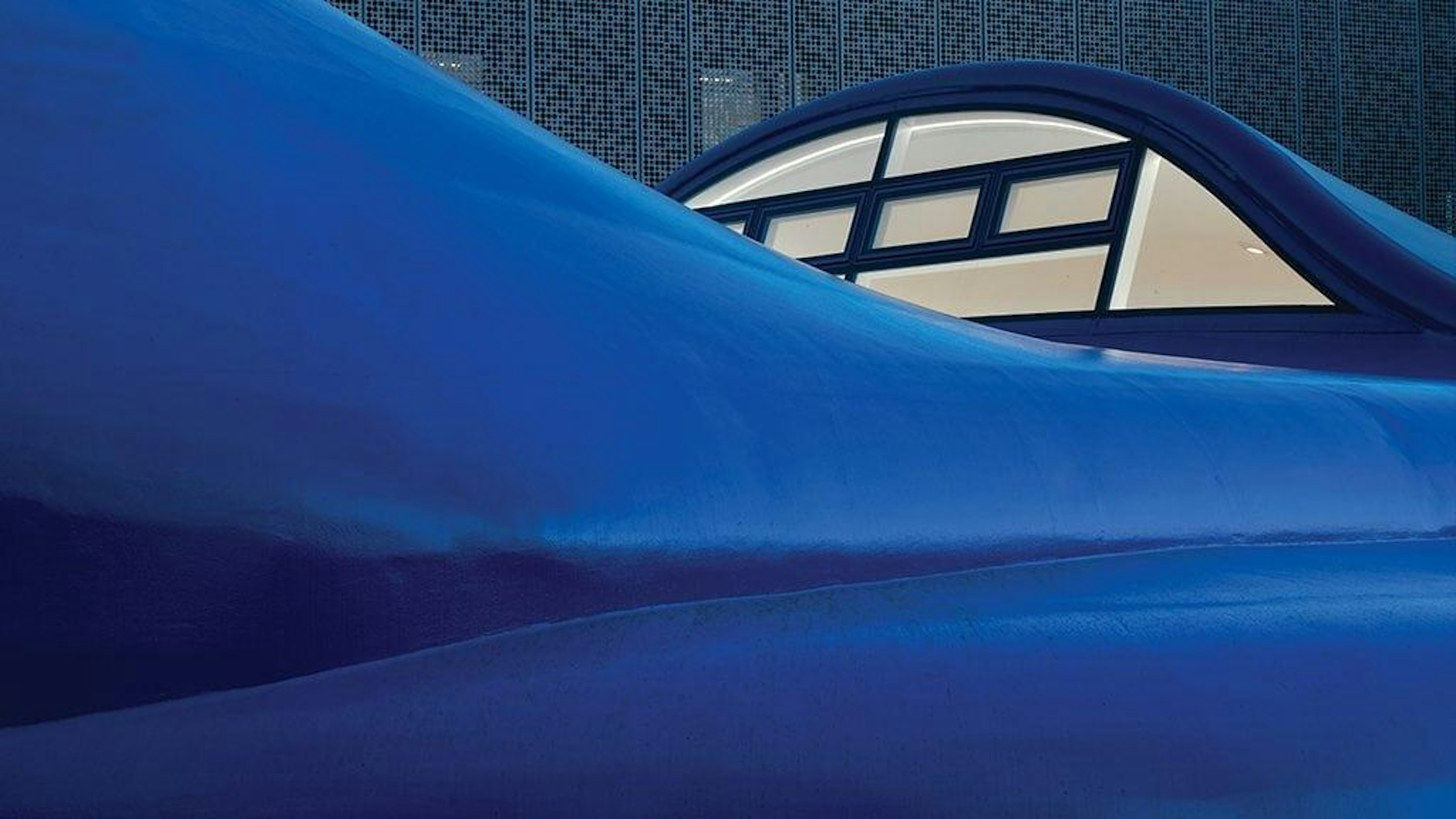
The Venice Art Biennale is one of the largest cultural exhibitions held every second year, inviting artists from around the world to present work concerning a specific theme. As part of the British Council’s Fellowship programme, I was given the opportunity to live and work in Venice for the month of August, alongside a group of other fellows that have been selected from institutions across the UK.
As a British Council Fellow, your role involves invigilating – guiding and welcoming visitors around the British pavilion. However, the other half of the experience involves developing a project as part of your own personal practice. This year’s exhibiting artist representative for Great Britain is John Akomfrah, Ghanaian-born artist and filmmaker, often exploring themes of post-colonialism, memory and narrative through audiovisual work.
Whilst the month in Venice is a huge opportunity to develop one’s practice and skill set artistically and professionally, there was already a lot to learn from the preparation leading up to it. Firstly, to even be considered for the role of a fellow, you need to apply, writing a description of what you do, and why the experience would be worthwhile. Applications can be daunting, especially when the position is sought-after – only two places are available from each institution. But I believe this is one of the most valuable aspects of any role or opportunity, regardless of whether you’re chosen. By presenting yourself and your work to someone, you learn to express your intentions with clarity and purpose, which not only helps you reach audiences effectively but also helps you realise what is important to you within your practice.
To prepare for your month in Venice, the British Council organises a series of weekly online induction sessions to get to know other fellows, as well as the programme. Each session, a few fellows take charge and initiate some activities you complete with other fellows, giving you the chance to learn more about each other and the programme. These sessions make a month-long programme feel less distant and daunting, and help you stay on top of the logistics of the trip, especially if it’s something you’ve never undertaken before. I feel that I often struggle to give different aspects of my life equal attention, but because these sessions were already organised for me to attend, it was easy to remain informed and not forget about what was required of me as a fellow.
As a fellow, you spend half of your time in Venice invigilating, or working inside the exhibition to welcome, guide and observe visitors. Having worked as an invigilator at a gallery before, it’s an interactive way to learn about the relationship between artist, gallery, and audience, as well as the artwork itself. I love the possibility of interacting with people first hand – in a place like Venice in particular, every experience will be so different, which is what makes this job so exciting. The other half of the time, the fellowship gives you the chance to explore Venice, as well as develop a project of your own. This could be a development of your existing practice, or something originating from your experience abroad. I’m currently really interested in correspondence through mail art, and as distance is focal in its significance, I hope to explore ways of sharing my experience in a place as multicultural yet isolated as Venice to people around the world.
It is a privilege to spend so long in a place many visit for a few days. To become familiar with the maze of alleyways that you take each morning to work, and the cafés you stop by along the way. There are an endless number of exhibitions and events to explore alongside the Biennale providing never-ending inspiration. I was lucky enough to experience the first week of the Venice Film Festival in September, attending a few movie premieres and a surreal screening at the Cinema Galleggiante, a floating cinema on the lagoon. Even without actively researching or producing work, every aspect of Venice propels creativity, and this Fellowship is all about absorbing it.
It's also quite a rare experience to be around a particular artwork for as long as a month and have your perception of it constantly change. Having sat and listened to the work, spoken to different visitors and learnt about the history behind it, Listening all Night to the Rain became a body of work I developed an intimate dialogue with. Being stationed inside the beautiful Giardini, you are immersed in the sounds and atmosphere of the 29 pavilions located there, making it a very enriching place to work.
One of the most valuable aspects of this course is the access it provides to opportunities to network and expand your practice, that would otherwise be quite challenging to find. I’ve built relationships with creatives throughout the UK and Venice that have made this month, and BA (Hons) degree, so worthwhile (among everything else). It’s easy to believe that opportunities such as this are too big or ambitious, and chances of being accepted are small, but there is absolutely nothing to lose in applying.
